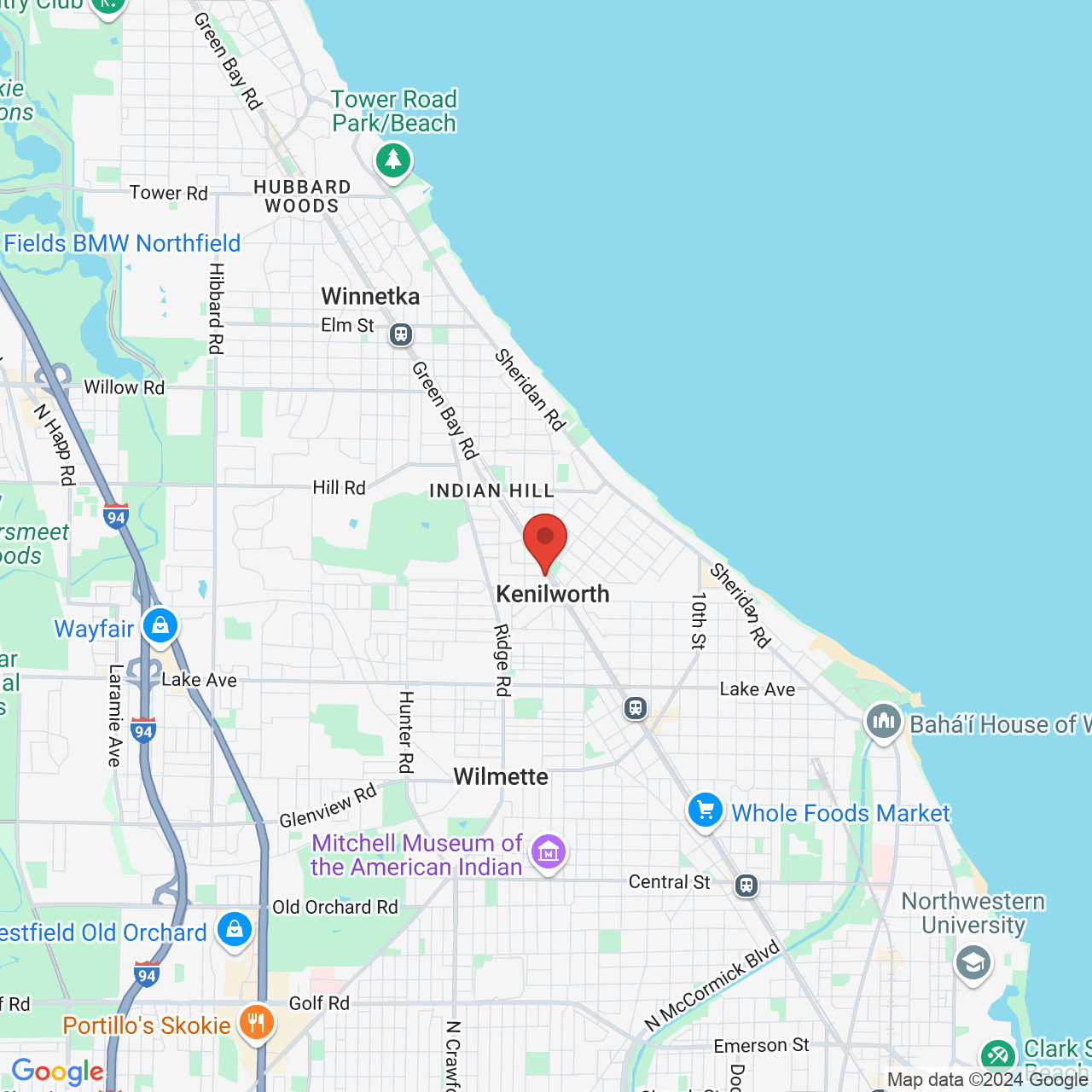What You Need to Know about Dental Implant Surgery
Dental implant surgery is a multi-step process that involves anchoring titanium posts into the patient’s jawbone, where they will serve as roots for dental crowns, bridges, or dentures. At our Kenilworth, IL, dental practice, Dr. Art Carpenter can place these metal posts on-site and keep patients comfortable with oral conscious sedation. With years of experience in implant dentistry, Dr. Carpenter is dedicated to delivering high-quality, conservative care that can preserve your oral health for years to come.
Preparing for Dental Implant Surgery
Before undergoing dental implant surgery, you must first meet with Dr. Carpenter for a consultation to determine your candidacy. He will first ask about your family, medical history, and goals for treatment. Patients should bring a list of any current medications or supplements they are taking. He can then conduct an oral examination to asses your teeth, gums, and surrounding tissues to ensure that there is no underlying decay or periodontal disease.
If your smile appears healthy, the doctor can then use computer-guided digital imaging to determine whether you have enough jawbone tissue to support implants. First, we scan patients' jaw with a computed tomography (CT). Dr. Carpenter can then merge your CT scans with dental diagrams and impressions taken at our office. Using these as guides, he can identify if your jawbone is dense enough for implants and, if so, what areas are most optimal for implant placement.
The Dental Implant Treatment Process
When the day of your surgery arrives, you will be escorted to one of our comfortable treatment rooms. While our team prepares, you may receive oral sedation to keep you relaxed during your visit. Once you are comfortable, the treatment can begin. Surgery is typically broken down into several stages:
- Anesthesia: The doctor will first numb the gums and surrounding areas with local anesthesia to make sure you do not experience any discomfort throughout the procedure.
- Incisions: To access the jawbone, Dr. Carpenter will make a tiny, conservative opening in the gums.
- Implant Placement: In order to create space for the implant, Dr. Carpenter will make a pilot hole in the jawbone. Using a series of special dental drills, he can widen this opening and place the implant.
- Stitches: Once the implant is in place, the doctor can close up the surgical site with sutures to protect the area and promote healing.
Although implant placement is an outpatient procedure, you may need a friend or family member to drive you home if you receive oral sedation.
After Surgery
In the days after your procedure, patients will notice some swelling and discomfort. This can be managed effectively with over-the-counter anti-inflammatories. In some cases, Dr. Carpenter may also prescribe an antibiotic and additional pain reliever.
Although these symptoms should fade within a week or so, it may take as long as two to six months for your jaw to heal completely. During this time, the implants will fuse with the bone in a process known as osseointegration. Once the implants are stable, Dr. Carpenter can attach your final restoration, whether it is a crown, bridge, or denture.
Schedule a Consultation with Us Today
If you are exploring teeth replacement options and are interested in dental implants, Dr. Carpenter can help you determine a custom treatment plan that will effectively meet your needs. Contact us online or call our office at (847) 251-5004 to schedule a consultation with Dr. Carpenter.






